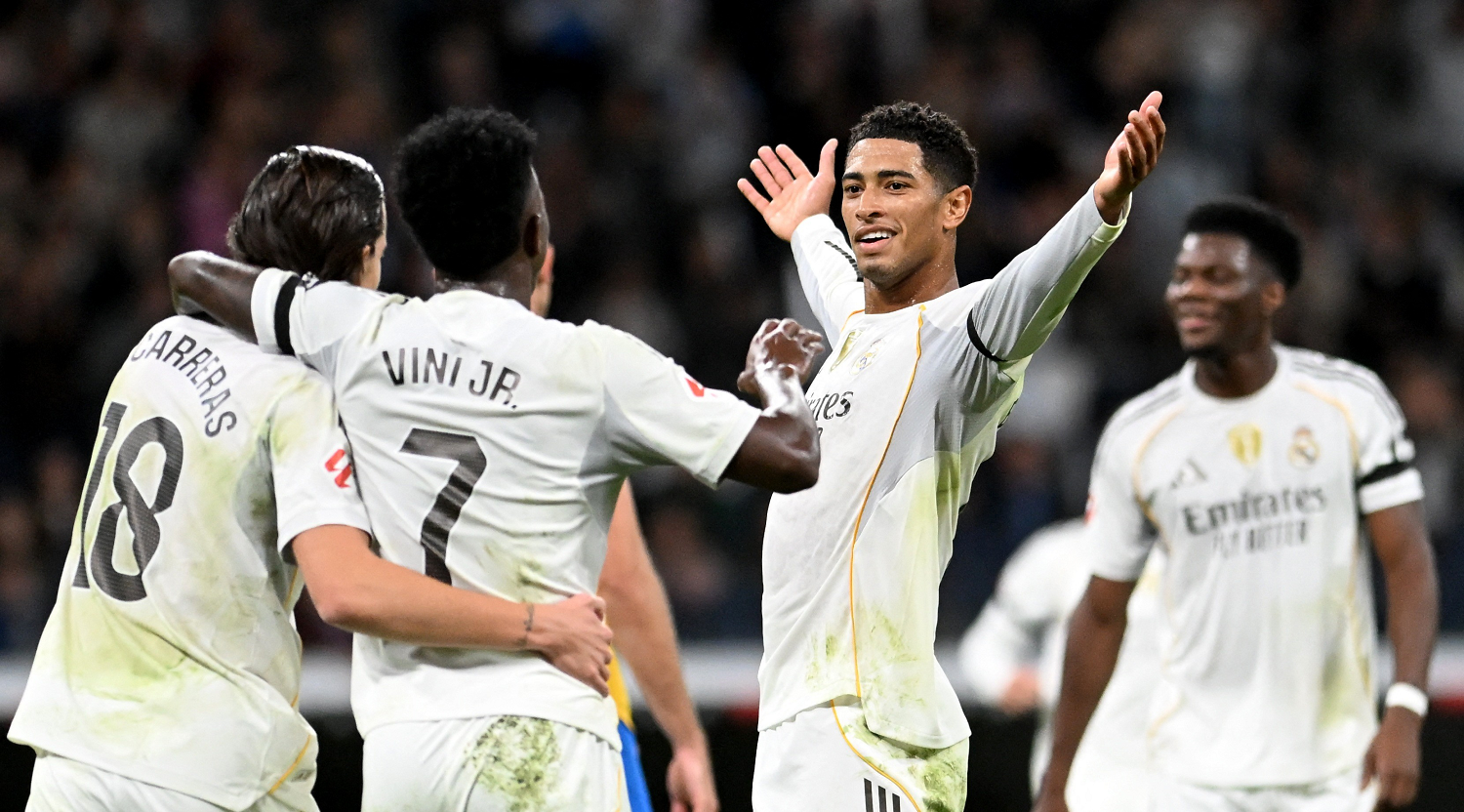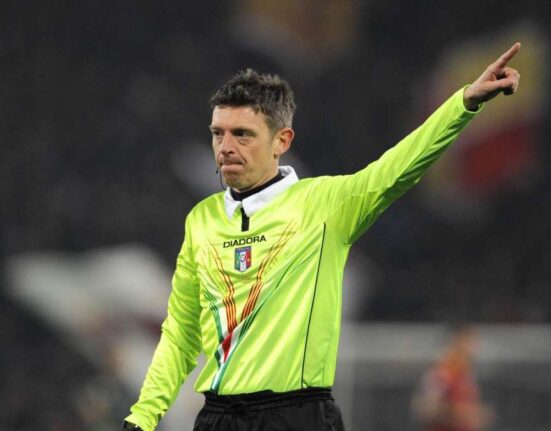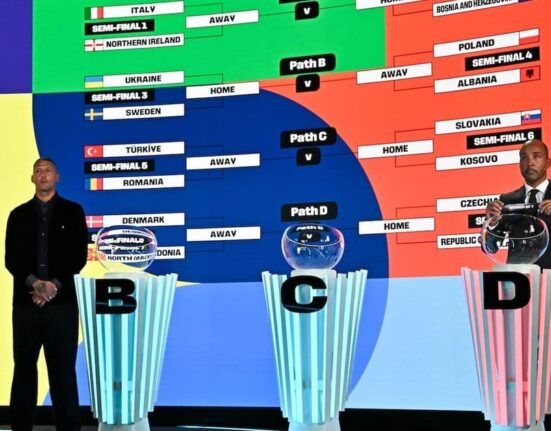Real Madrid and Barcelona sit one and two as LaLiga season heads into November, separated by a small but meaningful gap. Both sides have had bumps in Europe, yet continue to set the pace domestically. The question for the coming weeks is less about the clásico narrative and more about whether either leader is genuinely at risk in the league table.
The table at a glance
Real Madrid are top on 30 points from 11 matches, five clear of Barcelona on 25. The cushion is modest, but it changes the tactical calculus: Madrid can manage games and risk, while Barça need to push for wins to avoid drifting. Below them, a compressed pack (Villarreal, Atlético, Betis) ensures that any wobble is punished quickly.
Real Madrid: control with caveats
Madrid’s league form has been efficient: strong game states, measured pressing, and enough firepower to settle close contests. Kylian Mbappé remains the primary threat, with Jude Bellingham’s late runs and Thibaut Courtois’ reliability underpinning the model. The caution flag is workload management—recent European setbacks hinted at rotation trade‑offs and brief defensive looseness in the wide channels. With a five‑point lead, the priority is to bank steady points and avoid chaotic matches where that structure frays.
Barcelona: chasing through the injury noise
Barcelona steadied themselves with a 3–1 win over Elche after their clásico loss, and Lamine Yamal’s return to influence—despite an ongoing groin issue—has been timely. The bigger story is availability. Pedri suffered a left‑thigh muscle tear on October 29 and is ruled out for several weeks, adding to an already heavy medical list. Hansi Flick’s balancing act is clear: preserve key minutes, protect the back line, and squeeze output from a rotating cast in attack. If the defending champions are to apply real pressure, defensive stability over the next block of fixtures is non‑negotiable.

What’s next on the calendar
Madrid go to Rayo Vallecano on November 9 in a fixture that often tests composure and set‑piece focus at a tight ground. Barcelona travel to Celta Vigo the same day, a meeting that has historically swung on control of transitions in Balaídos. Neither game defines the title race, but both are classic spots where leaders can either stretch a gap or invite noise.
Where the threat to the leaders lies
The immediate threat to Madrid is internal—fatigue and small defensive lapses rather than an obvious external juggernaut. For Barça, it’s the injury ledger: if the midfield cannot hold shape without Pedri, the back four faces repeat stress. From below, Atlético’s defensive improvement and Villarreal’s scoring profile make them credible spoilers, picking off points when the top two rotate around Europe.
Can Barcelona be a true rival this season?
Yes, but only if two things happen in tandem: the injury list shortens and the defensive numbers tighten. The attack has enough goals spread across Yamal, Ferran Torres and Marcus Rashford to win runs of games; the question is whether they can keep conceding less while Pedri recovers. If they manage that and navigate November cleanly, the five‑point gap remains bridgeable; if not, Madrid’s margin and habit of winning controlled games will harden their grip on first place.







